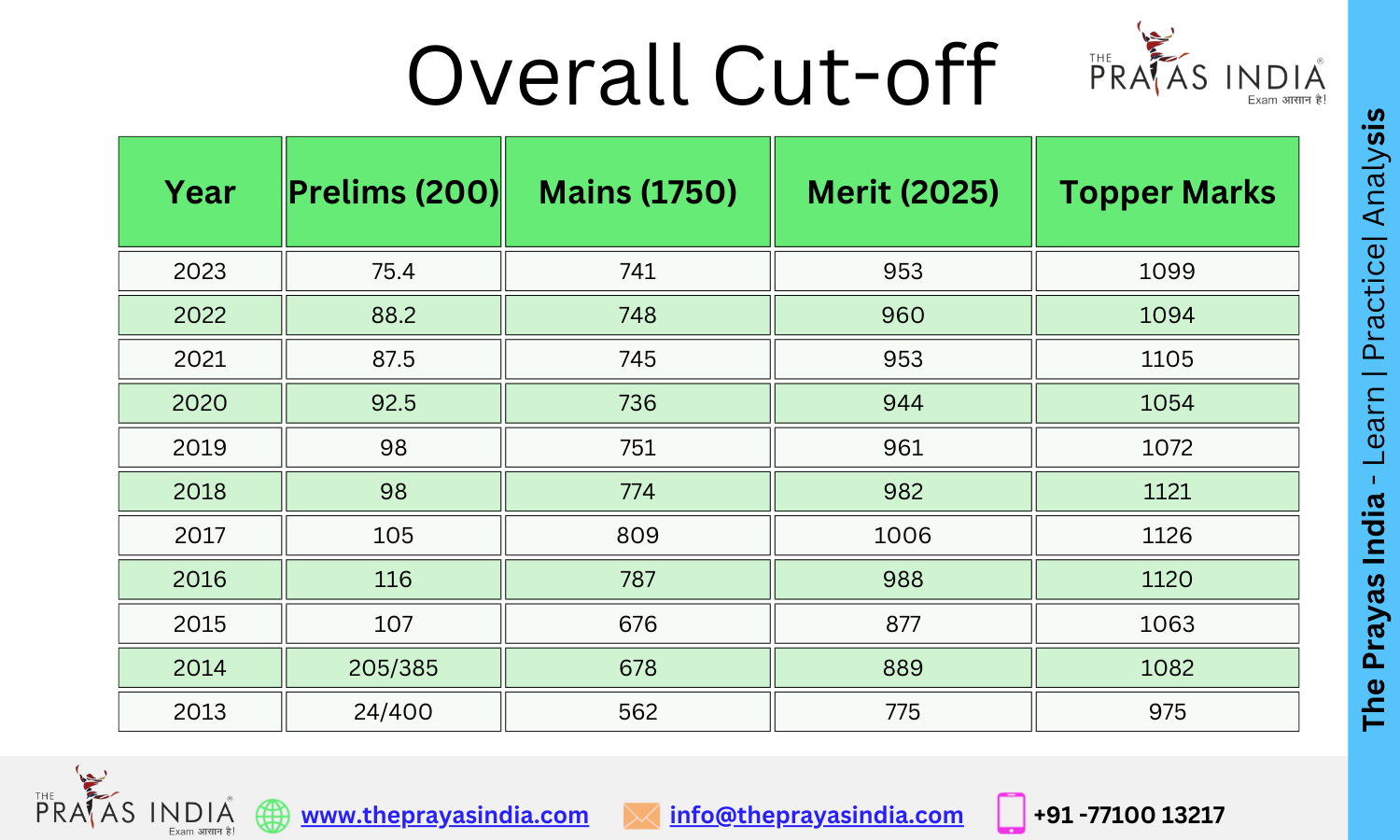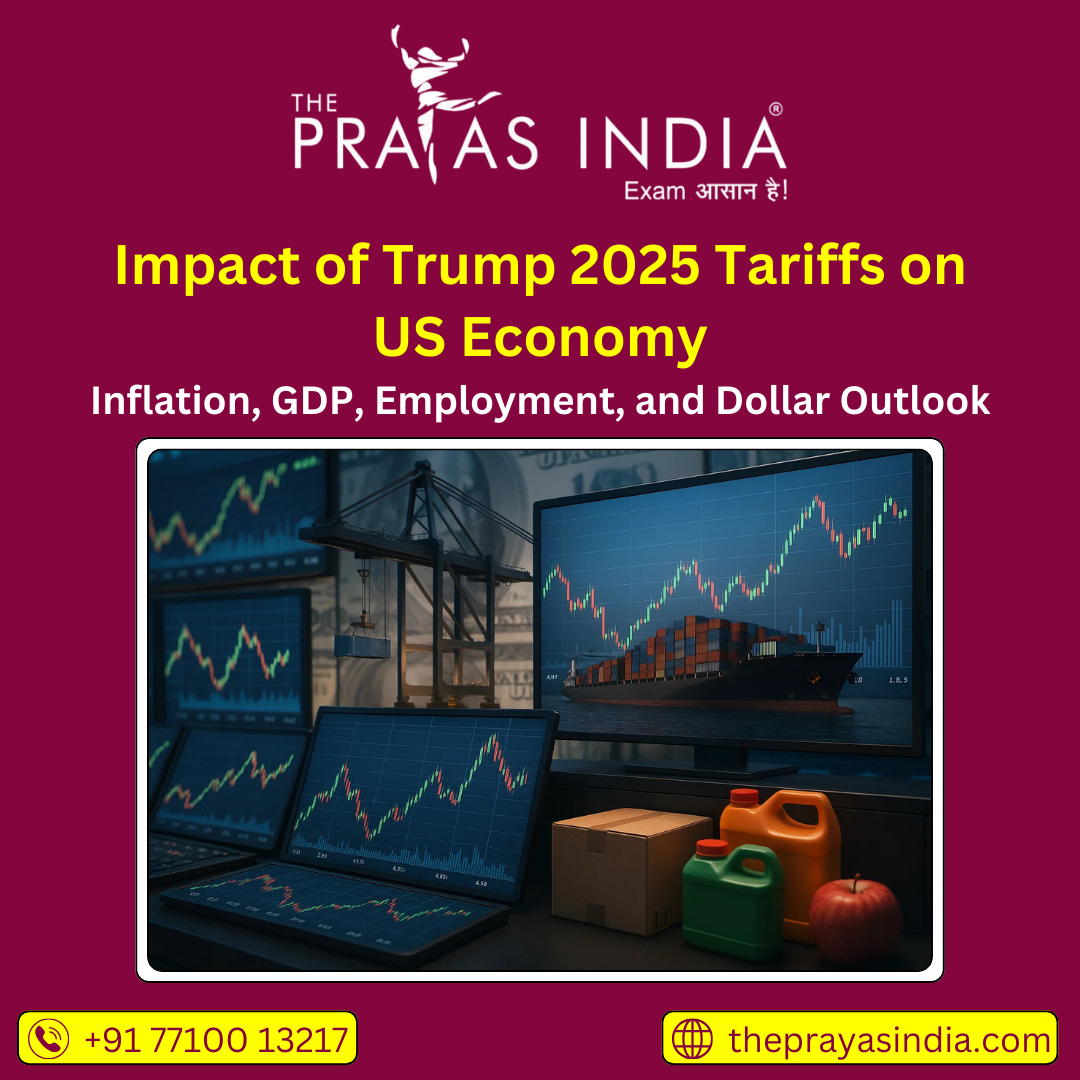Early Monsoon in India and Its Impact on Agriculture and Economy
The early arrival of the southwest monsoon in India often brings mixed reactions among farmers, policymakers, and economists. While timely rains are essential for a good agricultural season, the timing and distribution of monsoon showers play a critical role in shaping the country’s economic and social landscape.

Early Monsoon: What Does It Mean?
The southwest monsoon typically arrives in India by early June, covering the southern state of Kerala first and gradually advancing northwards. An early monsoon means that rainfall begins sooner than the usual schedule, sometimes as early as late May. This year, meteorological data show that certain regions have experienced an earlier onset, signaling potential changes in weather patterns due to climate variability.
Impact on Agriculture
Agriculture in India largely depends on monsoon rains, with nearly 60% of cultivated land reliant on rainfall rather than irrigation. Early monsoon can be beneficial in several ways:
-
Timely Sowing: Early rains help farmers begin sowing crops like rice, pulses, and oilseeds on time, which can improve yield prospects.
-
Water Availability: Adequate rainfall replenishes groundwater and surface water, ensuring sufficient water for irrigation during the crop growth period.
-
Reduced Heat Stress: Early rains can reduce the intensity and duration of pre-monsoon heatwaves that damage crops and affect soil moisture.
However, there are challenges:
-
Uneven Distribution: Early monsoon in some regions coupled with delayed rains in others can disrupt sowing schedules, leading to uncertainty.
-
Flooding Risks: Excessive early rainfall may cause localized flooding, damaging seedlings and infrastructure.
-
Changing Crop Patterns: Unpredictable rainfall may force farmers to change traditional cropping patterns, affecting food security and market stability.
Economic Implications
Agriculture contributes nearly 17-18% to India’s GDP and employs around 50% of the workforce. Thus, the monsoon’s behavior directly influences the economy.
-
Rural Income and Employment: Good monsoon seasons boost farm incomes and create rural jobs, increasing overall consumption demand.
-
Inflation Control: Sufficient agricultural output helps stabilize food prices, which is crucial for controlling inflation.
-
Industrial Impact: Sectors like fertilizers, agri-machinery, and food processing see growth when agriculture thrives.
-
Energy Demand: Favorable monsoon conditions reduce the need for irrigation pumps, cutting down electricity demand in rural areas.
Climate Change and Monsoon Variability
Scientists attribute changing monsoon patterns to climate change, which increases the frequency of erratic rainfall events and heatwaves. This uncertainty requires improved forecasting, better water management, and resilient agricultural practices to safeguard farmer livelihoods and the economy.
The early monsoon’s arrival brings hope for a strong agricultural season but also demands caution and preparedness. Policymakers, farmers, and stakeholders must work together to adapt to changing climatic conditions, ensuring India’s food security and economic stability.


![Prayas-लक्ष्य [UPSC CSE Target] The Prayas India](https://theprayasindia.com/wp-content/uploads/2021/08/Prayas-लक्ष्य-UPSC-CSE-Target-The-Prayas-India-300x167.png)

![Prayas Pre-भेदश [UPSC CSE Prelims Test Series] The Prayas India](https://theprayasindia.com/wp-content/uploads/2021/08/Prayas-Pre-भेदश-UPSC-CSE-Prelims-Test-Series-The-Prayas-India-300x167.png)










